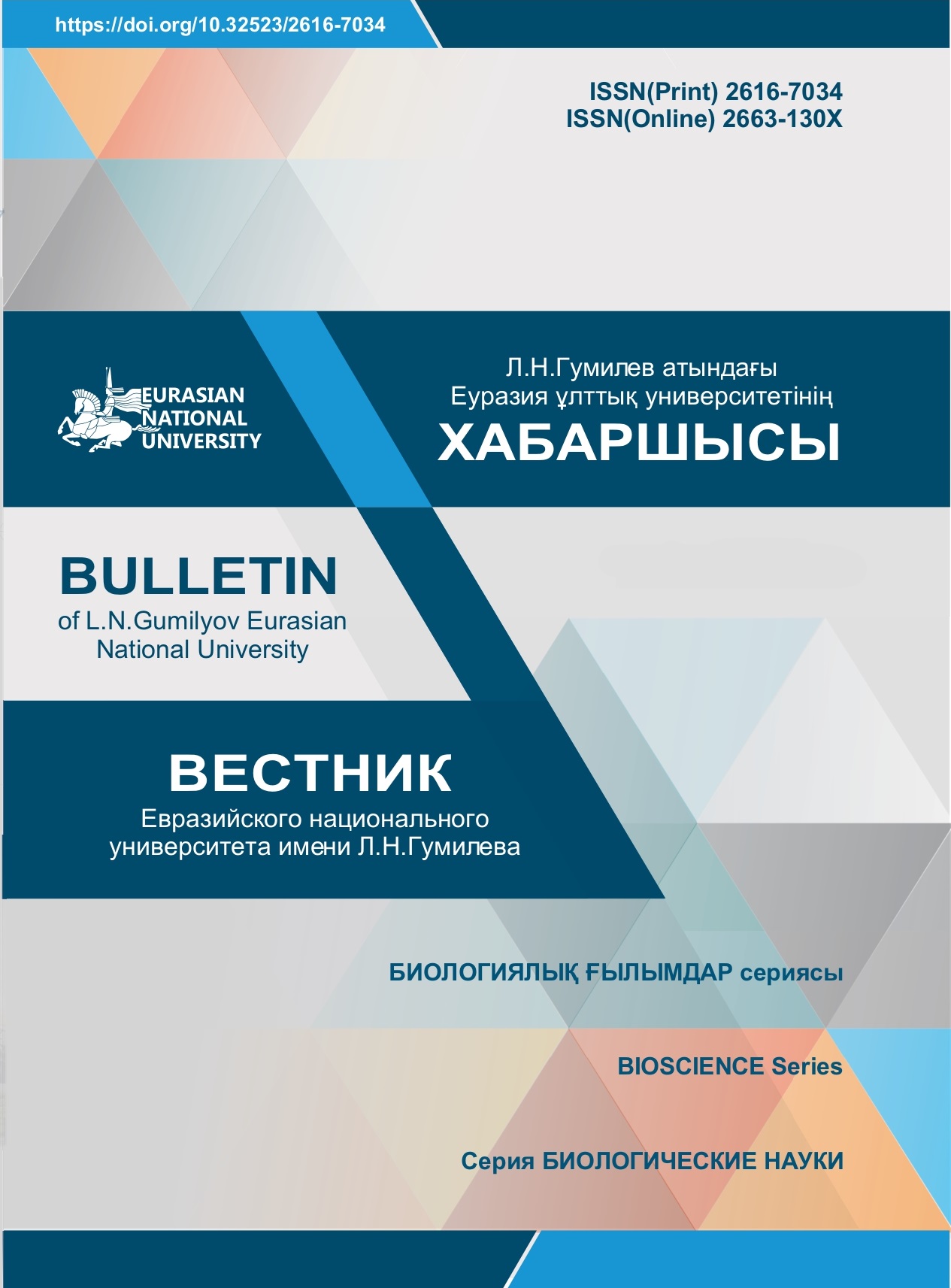Assessment of the "zero" radiation background of the territories of the settlements of the Turkestan region, located near the site for the construction of a nuclear power plant in the Republic of Uzbekistan
Views: 260 / PDF downloads: 364
Abstract
The construction of a nuclear power plant in the Republic of Uzbekistan actualizes measures for the radiation safety of the population and territories of Kazakhstan. The aim of the study was to assess the radiation situation in the settlements of the Turkestan region located near the impact zone of the nuclear power plant. The investigation includes measurements of ambient equivalent dose rates of gamma radiation, equivalent to the equilibrium volumetric activity of radon and thoron in residential buildings, establishing the total alpha and beta activities, and measuring the specific activity of radionuclides in water soil and food samples. In soil samples taken from the villages of Zhetysay and Zhyly-su, the specific activity of 232Th is 2 times higher than the national average. The total alpha activity of drinking water samples from the village of Zhyly-su is 1,5 times higher than the maximum permissible concentration. The concentration of artificial (137Cs, 90Sr) and natural radionuclides (226Ra, 232Th) in food is within the normal range. Obtaining preliminary results of the research will make it possible to assess the predicted radiation doses for various age groups of the population, and to develop preventive measures during the operation of a nuclear power plant.








